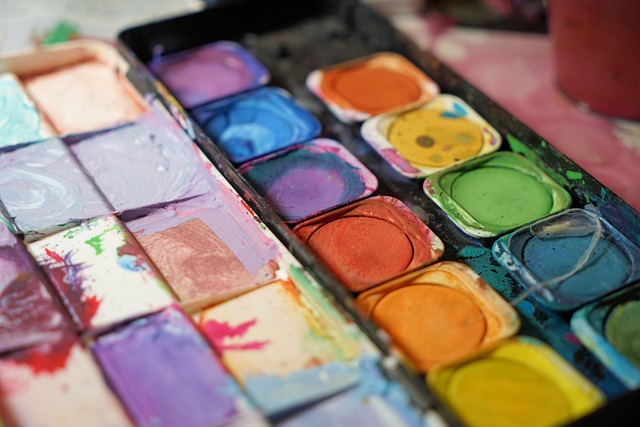The Power of Symbolism: Exploring Hidden Meanings in Paintings
Art has the remarkable ability to resonate with us on levels that go beyond mere aesthetics. One of the most profound elements that contribute to the emotional depth of a painting is symbolism. As viewers, we often find ourselves drawn to colors, shapes, and figures that carry meanings, making our experience with the artwork not just visual but deeply emotional and intellectual.
Consider the works of renowned artists like Salvador Dalí or Frida Kahlo. Within their vibrant and surreal creations lies a world of symbolism that invites the audience to delve deeper into personal interpretations. Dalí’s clocks melted into the landscape don’t just symbolize the fluidity of time; they push us to confront our own perceptions of reality, memory, and existence. Similarly, Kahlo’s iconic self-portraits are rich with personal symbolism, reflecting pain, identity, and resilience. Each element in her paintings serves as a window into her turbulent emotions, inviting us to find parallels in our own lives.
Symbolism in painting is not just about what you see; it’s about what you feel. The chiaroscuro technique used by Caravaggio, for instance, enhances emotional complexity through contrasts of light and shadow, emphasizing themes of hope and despair. When you view a painting, it’s not just the brushstrokes but the hidden meanings that resonate within us, triggering memories, thoughts, and feelings unique to each individual.
Furthermore, nature is often a powerful symbol in art. The depiction of flowers, for example, can symbolize various emotions and ideas: roses might evoke love and passion, while wilting petals may speak to the transient nature of beauty and life. These nuances in the portrayal of familiar subjects can connect with our personal journeys, allowing us to reflect on our own experiences and emotions.
In addition to emotional connection, symbolism can also stimulate critical thinking and discussion among viewers. When we engage with a painting, we often ask ourselves questions: What does this element represent? Why did the artist choose this color scheme? What story is being told? This dialogue between the viewer and the artwork fosters a deeper appreciation for the creative process and the artist’s intent, ultimately enhancing our experience with the painting.
The beauty of symbolism in the realm of painting lies in its capacity to create a shared yet personal experience. While two viewers may interpret the same piece entirely differently, what remains constant is the emotional journey they embark on together. Art becomes a canvas on which our collective and individual experiences meld, making the act of viewing as powerful as the act of creating.
As you explore paintings, allow yourself to be drawn into their symbology. Look beyond the surface, breathe in the colors, and let the emotions wash over you. In doing so, you open the door to a world where meaning and feeling intertwine, bringing to life the power of symbolism in an artistic landscape that speaks to the heart and mind alike.




